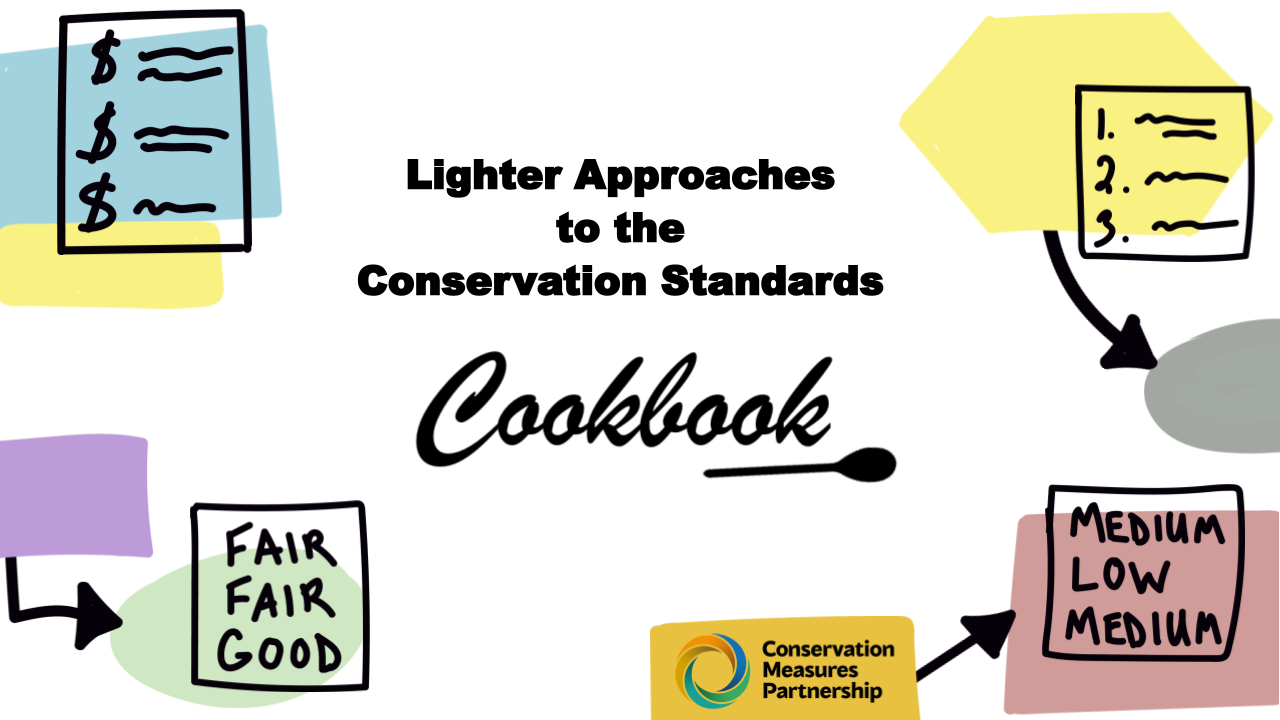Photo Credit: Gregoire Dubois
Our Mission
The Conservation Standards (CS) are a widely adopted set of principles and practices that bring together common concepts, approaches, and terminology for conservation project design, management, and monitoring. Developed by the Conservation Measures Partnership and regularly updated in collaboration with the broader community, this open-source, strategic process helps conservation teams achieve lasting impact.
About the Conservation Standards
The Open Standards for the Practice of Conservation, or Conservation Standards (CS) for short, are a widely adopted set of principles and practices that bring together common concepts, approaches, and terminology for conservation project design, management, and monitoring. Developed by the Conservation Measures Partnership (CMP) and regularly updated in collaboration with the broader community, this open-source, strategic process helps conservation teams achieve lasting impact.
The CS are a product of the collaborative work of CMP. Version 1.0 (2004) drew upon the results of the Measuring Conservation Impact Initiative, a 2002 study and the collaborative inputs of CMP members. Around that time, CMP member organizations also worked together to crosswalk their planning systems and terminology in a “Rosetta Stone” exercise and to agree upon a common set of terms. These efforts came together and led to the development of the Conservation Standards.
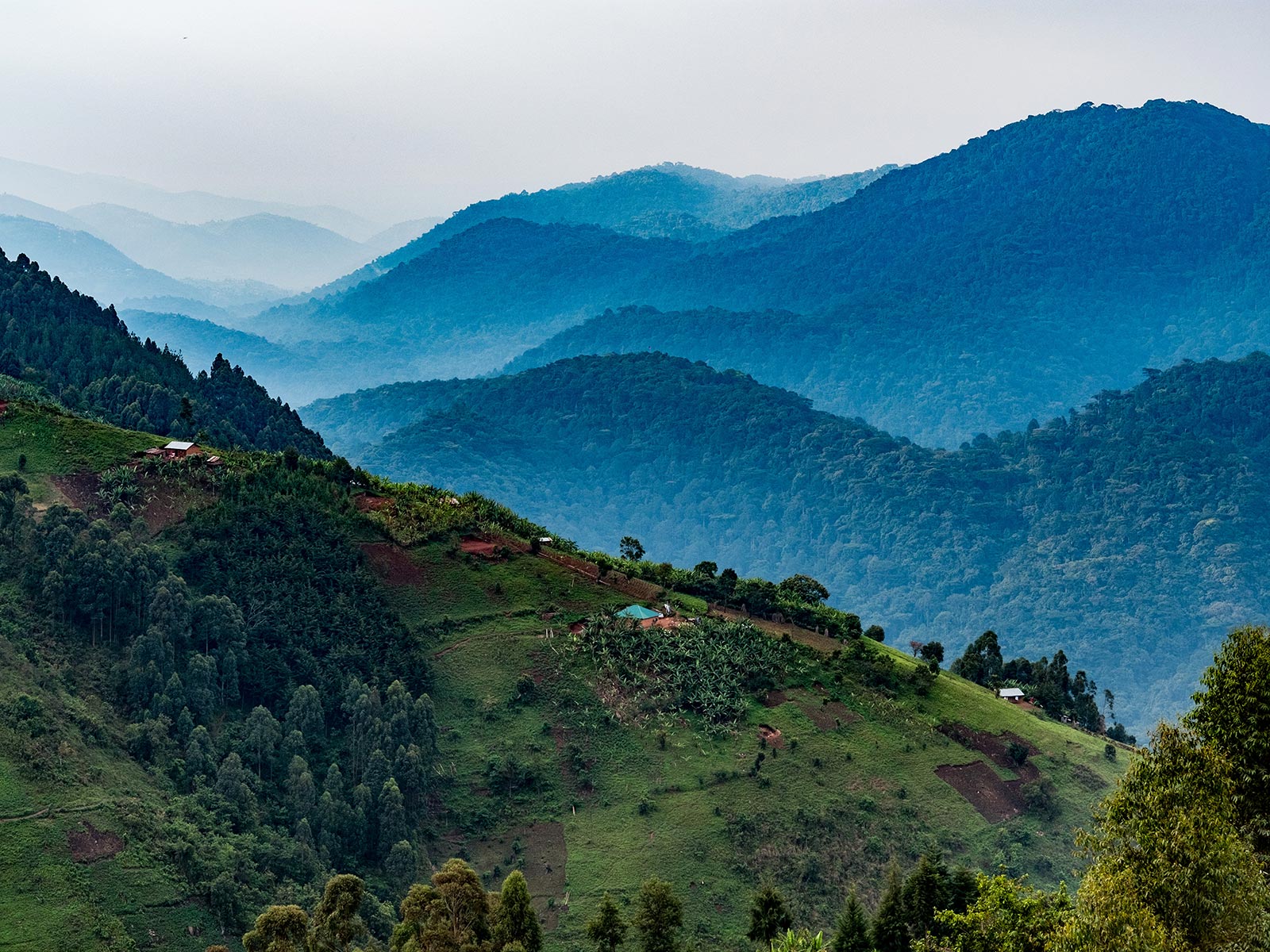
Photo Credit: Jason Houston for USAID
What’s behind the name?
Open Standards for the Practice of Conservation
Open: The Conservation Standards are open-source (Creative Commons license) – they are to be shared, used, and adapted as teams see fit for their context.
Standards: The Conservation Standards describe ideal practices for doing good conservation work. The process uses a mutually defined lexicon, draws on standards and practices across several fields, and has been adapted over time by the conservation community.
Practice: The Conservation Standards focus on how we do conservation.
Conservation: The Conservation Standards were developed for biodiversity and resource conservation efforts, but they have evolved over time to better reflect and consider the connections between nature and humans.
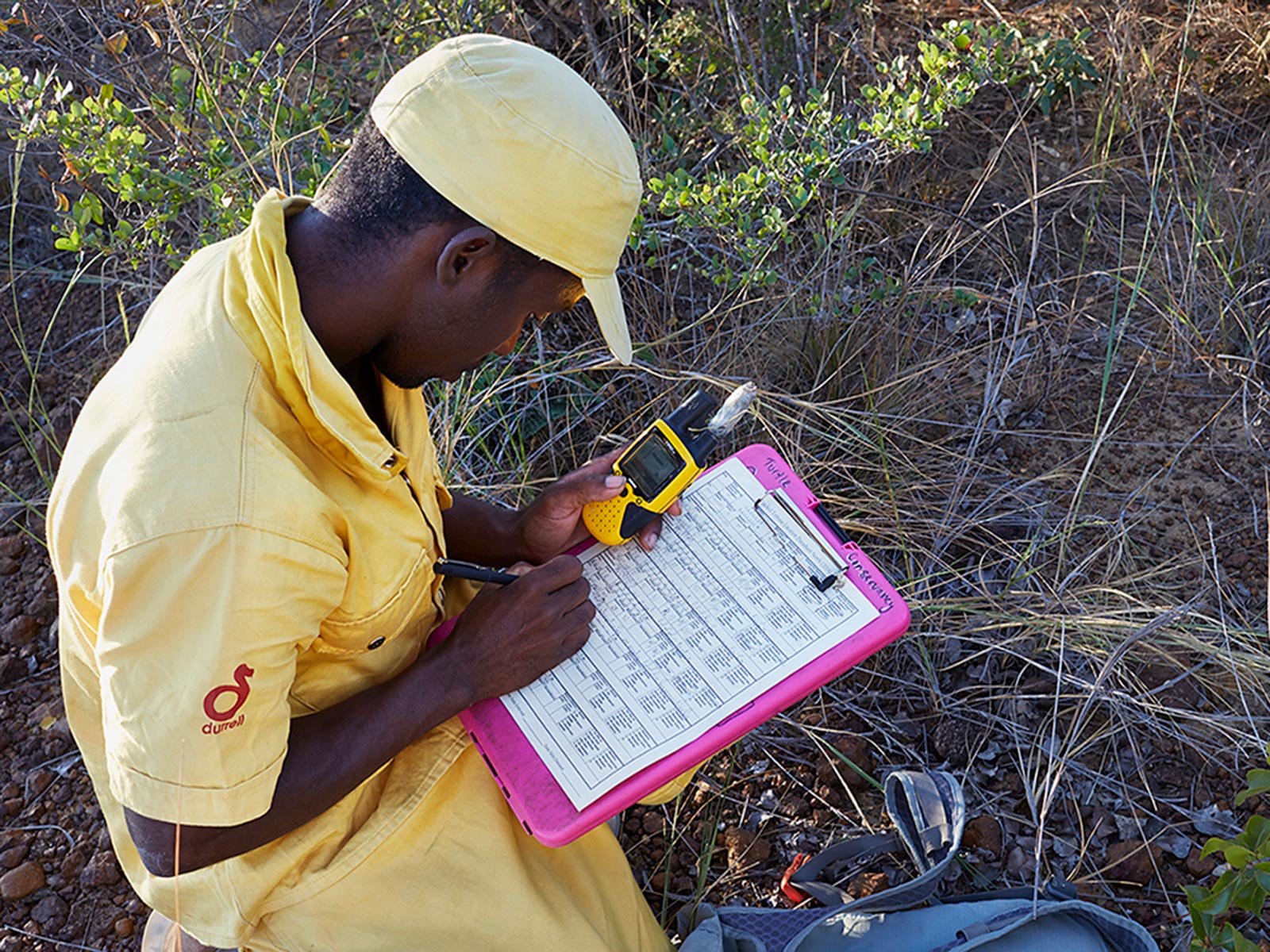
Photo Credit: Tim Flach, Durrell
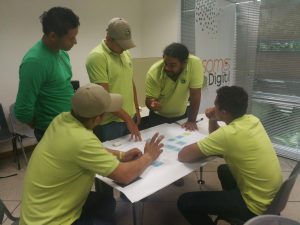
Photo Credit: Rosamira Guillen
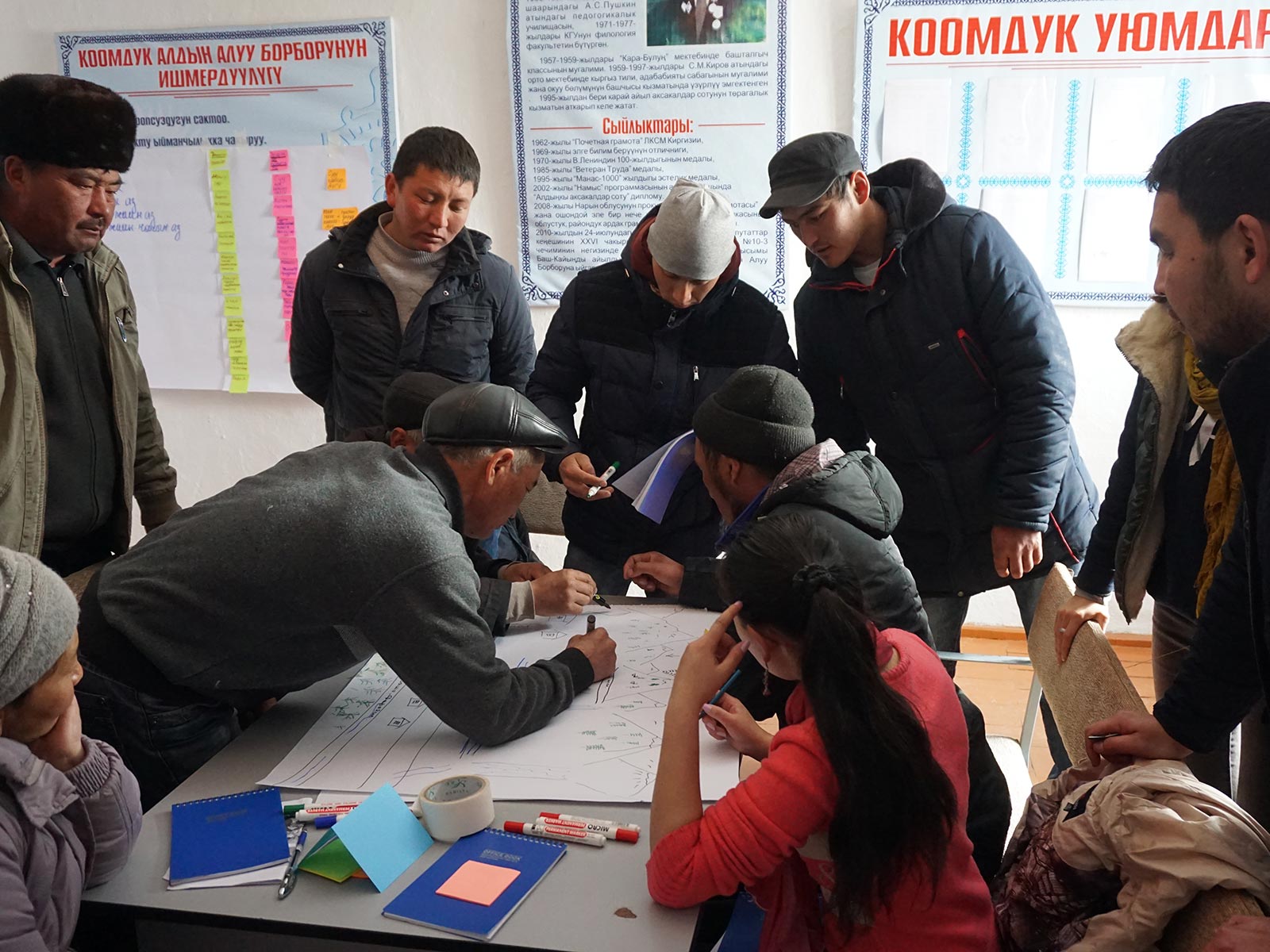
Photo Credit: John Morrison
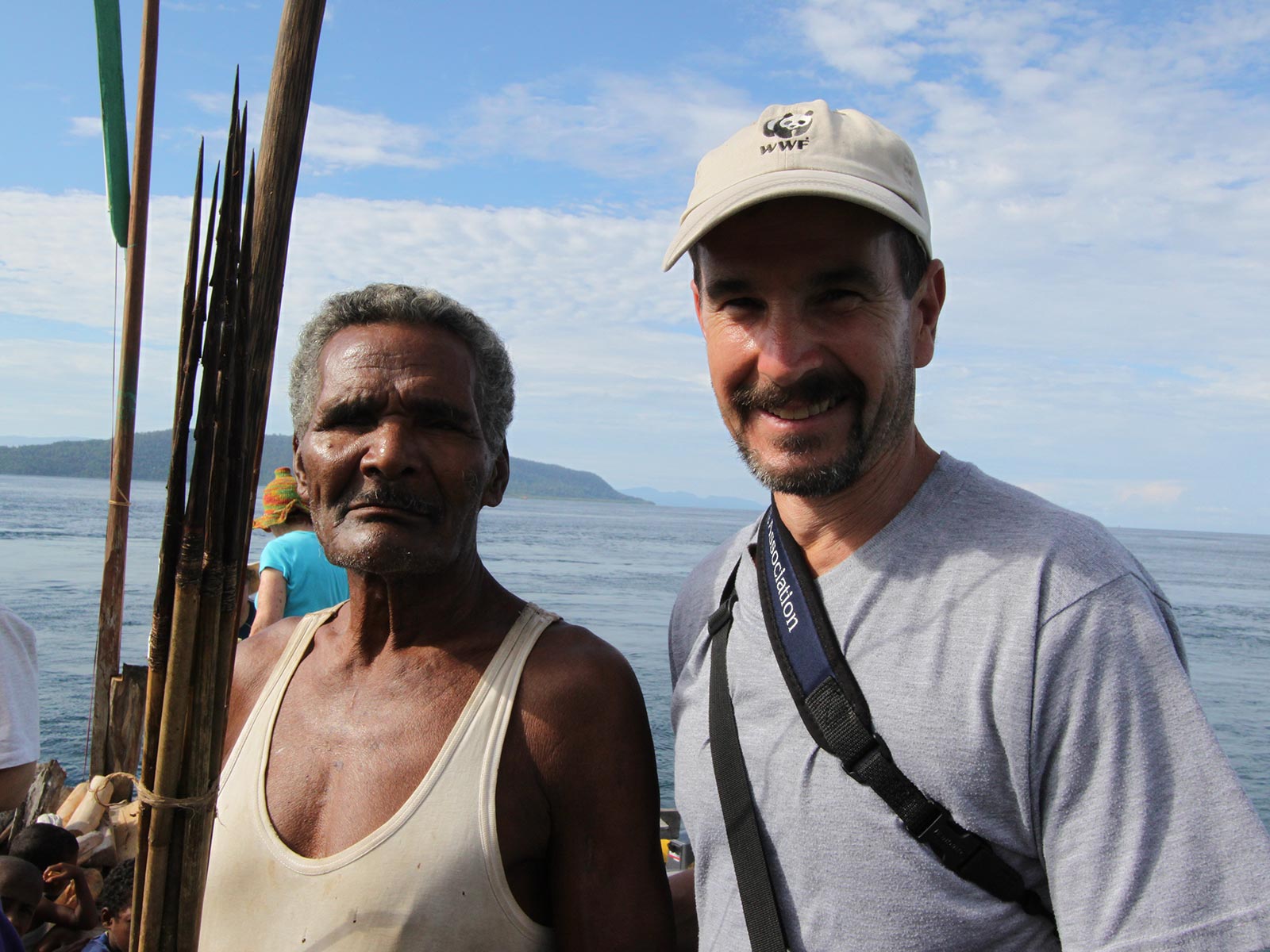
Photo Credit: Adam Tomasek
Why use the Conservation Standards?
The Conservation Standards help teams do better conservation!
The conservation community tackles large, complex, and urgent environmental problems. The stakes are high. We need to know how to use our resources most effectively to achieve lasting impact. To do so, we must better understand how and why some conservation efforts are effective and others less so.
The Conservation Standards—developed, tested, and continuously refined by conservation leaders across the world—provide a clear, systematic approach to managing, monitoring, planning, and learning from past conservation efforts. The standards promote the use of best-practices, prioritization at various stages, testing of assumptions, and data sharing.
The Conservation Standards are not simply an inert document. They are supported by a lively community of Conservation Standards users actively developing, refining, and sharing practical guidance and innovations to help other teams effectively use the Conservation Standards to improve their work.
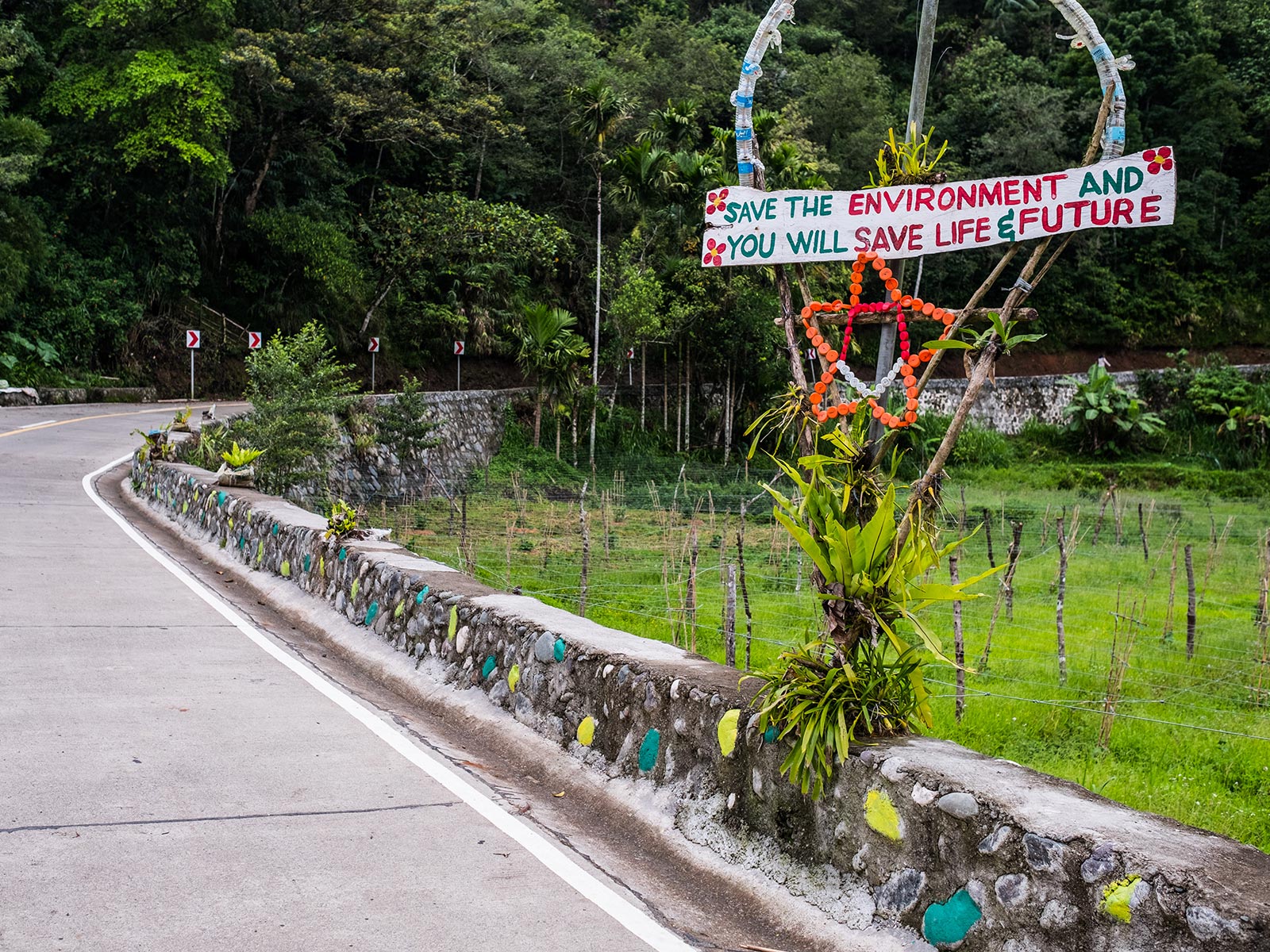
Photo Credit: Jason Houston for USAID
Looking for a quick way to get started with the Conservation Standards?
The Conservation Standards offer a rich and rigorous approach to project management. However, sometimes teams don’t have the time, money or support to undertake all steps to the ideal level. If you find yourself in this situation, check out this draft “Cookbook” for Lighter Approaches to the Conservation Standards and this video!
Adopting the Conservation Standards
Download CS
The Conservation Standards is the product of inputs, field tests, and discussions among members of the Conservation Measures Partnership (CMP), which has final editorial authority over the Conservation Standards. Substantial input was also provided by members of the Conservation Coaches Network (CCNet) and other CMP partners.
Photo Credit: Felix Cybulla
Support CS
The biodiversity conservation community is tackling large, complex, and urgent environmental problems where the stakes are high. However, we don’t have a fully functional system to assess the effectiveness of our actions. Without more rigorous measurement of effectiveness and disciplined recording of our efforts, we cannot know or demonstrate that we are achieving desired results.
Photo Credit: Felix Cybulla
Our Collaborators
Every organization, agency, project, and individual has its own preferred set of terms. There is no right answer – the most important thing is that the members of your project team and the people with whom you work have a clear and common understanding of whatever terms you choose to use.
Photo Credit: Chris Scarffe
Contact Us
To inquire about supporting Conservation Standards (CS) or for general inquiries, please contact us at CMPinfo@ConservationMeasures.org
Photo Credit: Nature Conservancy of Canada

